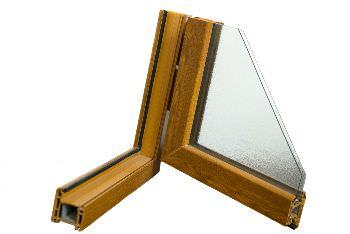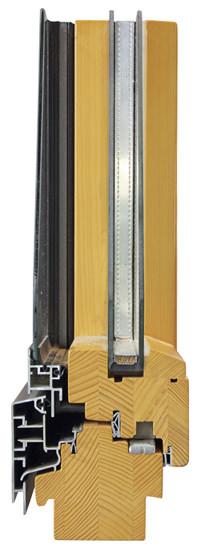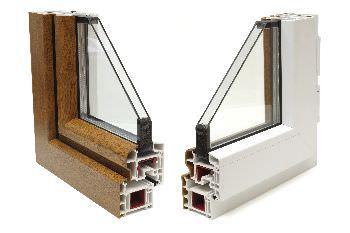Double glazing
Post from EditorialsThe double glazing or insulated glazing, are composed of two single panes of glass spaced apart by a gap which may also be filled with a noble gas.
Double or insulated glazing
Among the different tricks that you can implement to better isolate your house speaking of thermal and acoustic insulation, one of the simplest solution is undoubtedly to make use of double glazing, so much so that today's legislation also provides double glazing mandatory for the windows and doors of new buildings. The double or insulated glazing, are composed of two glass plates spaced apart by a single interspace that is preferred to be between 10 and 20 mm, so that we obtain good isolation levels.
The double or insulated glazing, are composed of two glass plates spaced apart by a single interspace that is preferred to be between 10 and 20 mm, so that we obtain good isolation levels.
To get truly effective results, however, the double glazing must be placed in good quality windows and doors. In addition, the type of material they are made of (wood, aluminum, pvc) affect their thermal performance.
The insertion of double glazing in an existing window is already among the interventions qualifyed for assistance with tax deductions for energy efficiency improvements if it is proved that such intervention involves the achievement of the parameters of transmission required by law.
From the aesthetic point of view, this kind of intervention does not cause any visible change from the outside.
Characteristics of the double glazing
 Usually in the cavity there is arid dehydrates (or dry air), which is necessary to avoid the formation of condensation. To obtain further improvements it can be filled with a noble gas, such as argon (Ar), xenon ( Xe), krypton (Kr).
Usually in the cavity there is arid dehydrates (or dry air), which is necessary to avoid the formation of condensation. To obtain further improvements it can be filled with a noble gas, such as argon (Ar), xenon ( Xe), krypton (Kr).
Double glazing even more efficient are those called low emissivity glazing, which have thin metal film on the surface, which retains the heat and prevents the dispersion towards the outside.
The low-emissivity double glazing with insulating gas, instead, add to this feature, the one of the interspace filled with one of the noble gases referred to above, which are particularly efficient.
Finally, the double glazing shatterproof join the insulating capacity with benefits related to safety.
Based on their characteristics, the double glazing are identified with abbreviations.
For example, the abbreviation 4/16/4 BE indicates a double-glazed glass exterior and interior, 4 mm thick and 16 mm cavity, low emissivity kind.
If instead a glass is identified by a code of the type 4+4 or 44, it means that it is a laminated glass, that is a single lens, and that it consists of two plates glued together.
The abbreviation WE indicates that the spacer of the interspace is realized with a plastic polymer, rather than aluminum, which improves the thermal cutting of the casing and hence the performance in terms of energy.
Choose the double glazing
When buying a insulated glazing, you must consider that the one with the cavity filled with dry air is definitely the cheapest kind, and therefore it allows lower performance, although they do already have a reasonable level of insulation. In any case, facing a greater cost by purchasing glasses with the cavity filled with noble gases can reveal the best choice in the long term, as it allows you to get a good energy saving.
In any case, facing a greater cost by purchasing glasses with the cavity filled with noble gases can reveal the best choice in the long term, as it allows you to get a good energy saving.
The costs go further up if the choice falls on the low-emissivity glass type or shatterproof kind. This type of frame can not be excluded by those who live in properties at risk of intrusion.
To achieve good results it is important that the laying of the glass is carried out in a workmanlike manner. For this reason it is important to always consult specialist firms.
Installing double glazing on older fixtures
Verified that the double glazing have excellent thermal and acoustic insulation capacity, we see now that is really convenient installing it on old fixtures.
As said at the beginning of this article, the performance allowed by this type of glass are really effective only if they are mounted on frames of good quality. Installing them on old windows, can be an unnecessary expense.
In fact the old fixtures do not have seals sufficient to avoid thermal losses, for which the insulation secured by the glasses, would then be rendered ineffective against drafts that might be present at other points of the frame.
The old fixtures were designed to support the weight of a single sheet of glass. Doubling this weight, there may be a risk of damaging the frame and after a while you might find difficult to open and close them.
Finally, installing this type of glass on windows with little insulation, it could never be enough to achieve the levels of transmittance required by law to have access to the tax benefits.
79832 REGISTERED USERS










